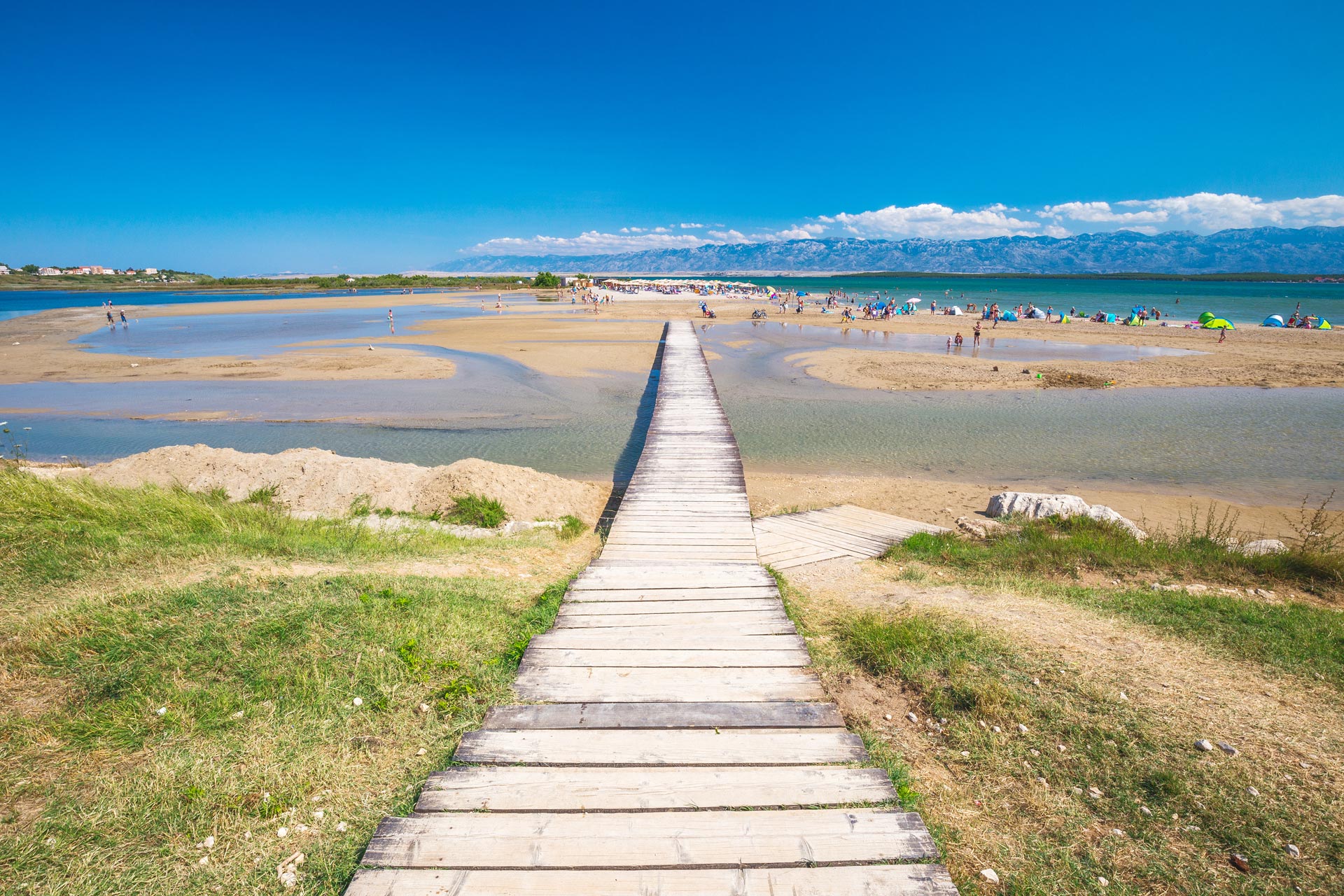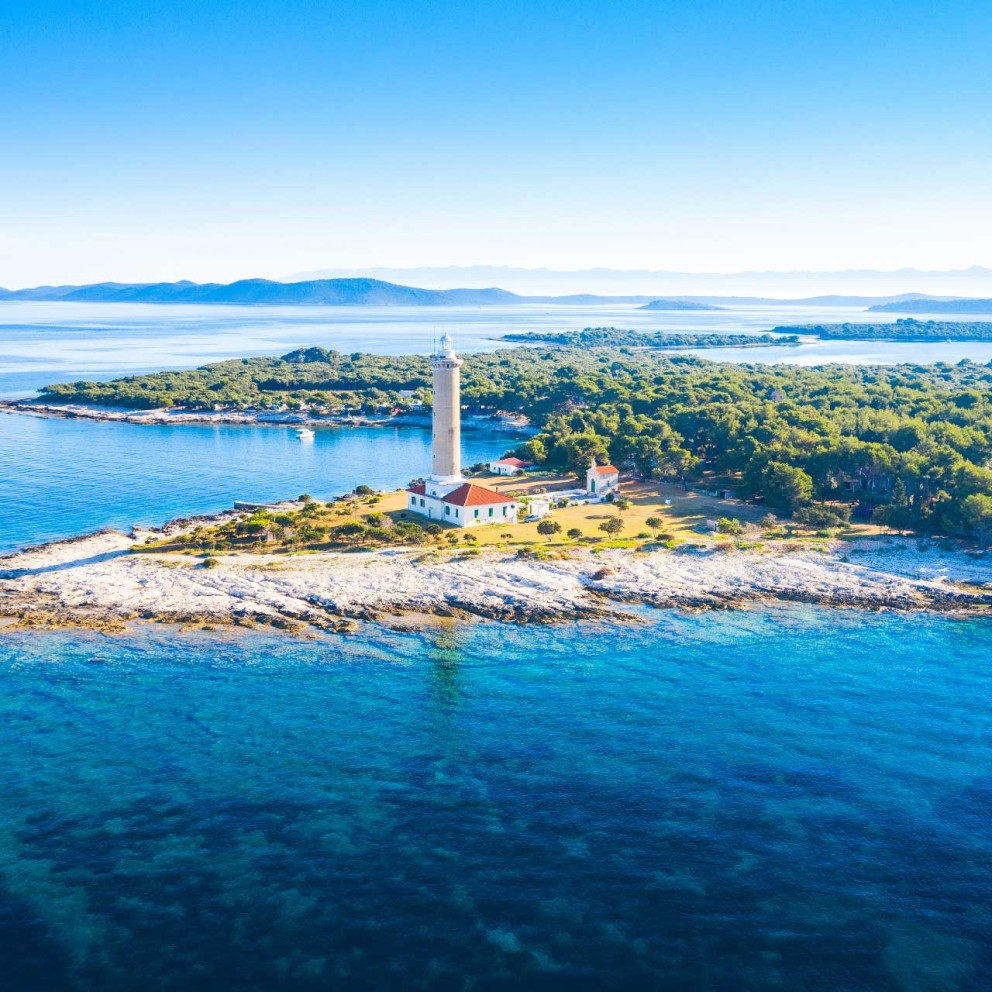
Historical Town of Nin - Zaton Holiday Resort
Historical Town of Nin
At first sight, with its a bit more than one thousand inhabitants, Nin seems like a typical Dalmatian village. However, it's one of the giants of Croatian history and due to its historical significance, it was awarded the status of a town almost twenty years ago. Once the seat of early Croatian dukes and kings, Nin is a true attraction not only due to its history, but also its well-preserved nature and scenery.
Location and weather
Nin is situated just 15 kilometres northwest from Zadar and just a few kilometres from Zaton. It can be easily reached by car or plane, since the A1 motorway as well as the Zadar airport are quite near. Just like the entire region, it's blessed with Mediterranean climate, thanks to which this is one of the best areas for a holiday. If it rains, it's probably winter. In the summer, sunny and warm weather pleases everyone and contributes to positive emotions and mood.
Nature and the beaches
Well-preserved nature in the whole area is one of the excellent features of Nin. A variety of species, from the world of plants and animals, have found home in the sandy shore and partly swampy territory in the lagoon. Accordingly, efforts are made to preserve the rich biodiversity. Apart from the rich natural heritage of Nin, which attracts fans of untouched nature, the area is also famous for its healing mud available to everyone. It has been used since the Antiquity and it's believed to have beneficial effect on health. It's quite a common sight to see people covered in mud who come for a swim to the nearby Queen's beach, the most renowned beach in Nin. This 3-kilometre long sandy beach is considered to be one the most beautiful ones in the world. Besides the Queen's beach, just as lovely are the beaches Ždrijac, Prodorica and Bilotinjak. The famous sandy beaches in Nin are altogether 8 kilometres long and are an excellent choice for families with children.

A look back
The Queen's beach owes its name to the wife of the first Croatian king, Tomislav. Indeed, Nin is one of the most important towns in the early Croatian history, since it was the first political and religious centre of the medieval Croatian state. It was the seat of many early Croatian dukes and kings (7th-11th century) as well as the earliest diocese (9th century-19th century). Nonetheless, the town's history dates even further back. Almost three thousand years ago the Liburnians founded the settlement named Aenona which flourished under theirs and the subsequent Roman rule. Following the destructions and warfare of the 16th and 17th century, Nin never regained its previous political relevance.
What to see
The historical core, ie the heart of Nin, is an islet of some 500 metres in diameter linked by two bridges with the mainland. A good way to start a trip down the history lane is to visit the Museum of Nin Antiquities, where a variety of objects from different periods of the past are exhibited, such as a reproduction of an 11th-century boat (Condura Croatica) as well as a reproduction of duke Višeslav's baptismal font. Historical attractions include among others the Church of St Anselm with the bell tower, remains of the Roman Temple, the Church of the Holy Cross, which is referred to as 'the smallest cathedral in the world' and which has kept its original form since the 9th century, just as the Church of St Nicholas serves as an example of the early-Romanesque architecture from the end of the 11th century. The Museum of Salt is another place of interest since it demonstrates the tradition of salt production so important in the development of the town. An absolute must is to visit the statue of the medieval Croatian bishop Gregory of Nin (Cro. Grgur Ninski), a work of renowned Croatian sculptor Ivan Meštrović, and to touch the golden big toe of the statue - it's believed to bring good luck.
What to do
One of the best ways to go sightseeing not only in Nin but also in its vicinity is by bike. There are more than 100 kilometres of cycling trails such as Zadar-Zaton-Nin or Nin-the island of Vir (connected by a bridge with the mainland). Fans of adventure who don't mind a bit of dust can venture on the off-road trails as well. Nin's lagoon is one of the best sites in Croatia to do windsurfing and kitesurfing. (Absolute) beginners can take initial lessons in the surfing school while more advanced surfers can also brush up their skills. Nin is also an excellent starting point for a variety of trips - from sightseeing (e.g. Zadar, national parks Krka, Kornati and Paklenica) to adrenaline trips (e.g. bungee jumping from the Maslenica Bridge).

Kiteboarding in Nin, Zadar Region
Events and cuisine
The festivities that take place in Nin are often of religious character, ie dedicated to Our Lady of Zečevo or patron saints of Nin, St Marcela and St Anselmo. Particularly interesting are also Nin's šokolijada as well as the Festival of the Sun and Light. The former presents a traditional pork product, šokol. The delicacy is a unique mixture of local meat, Nin's salt, bura wind, generations-old recipe, skill and dedication. Šokolijada is basically a competition between šokol-makers. It takes months and months of careful preparation, so the actual event is a real feast of tradition and entertainment. Festival of the Sun and Light is held annually in the Church of the Holy Cross where the visitors can witness the unique play of light. It was constructed with particular openings so that it can serve as a sundial and calendar, reminiscent of the world famous Stonehenge.
A small giant
Nin is a picturesque little town of tremendous historical significance. References to its both glorious and tumultuous past are clearly visible on every corner, but despite all the hardships throughout the history, Nin can take great pride in what has been preserved, in particular the natural surroundings. With its cultural-historical and natural heritage, it's without a doubt a small piece of gem in northern Dalmatia.







